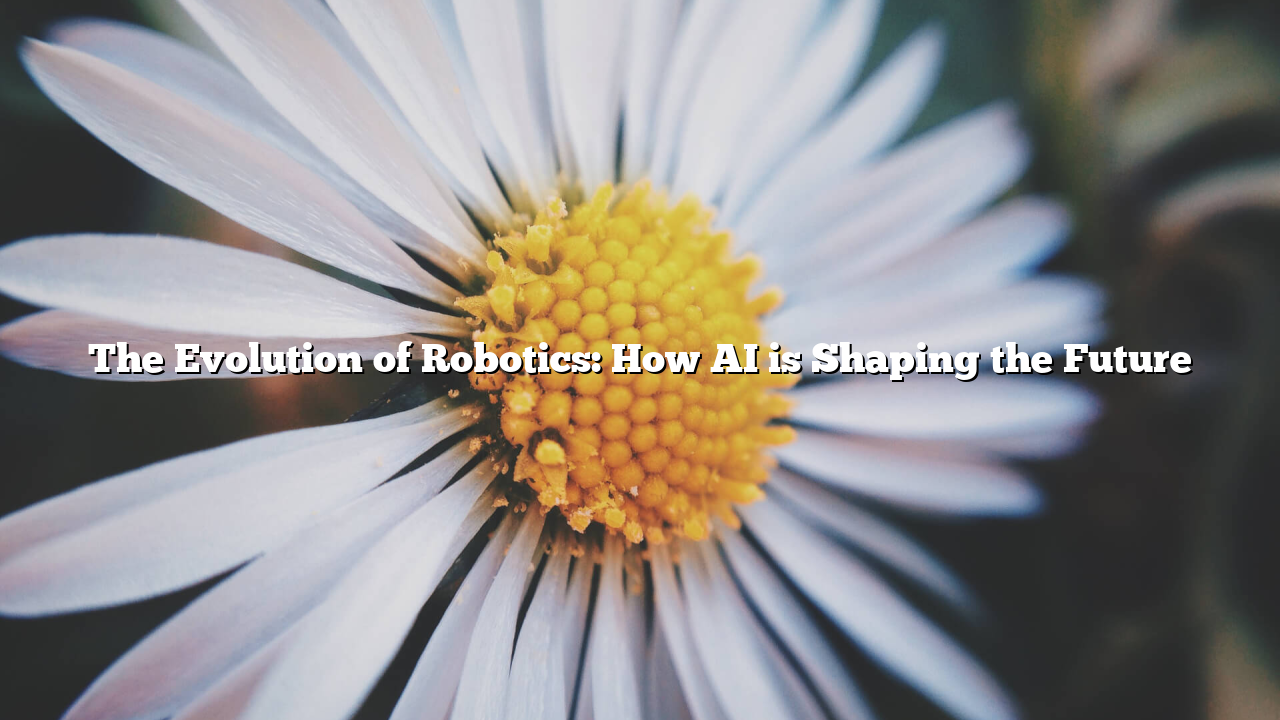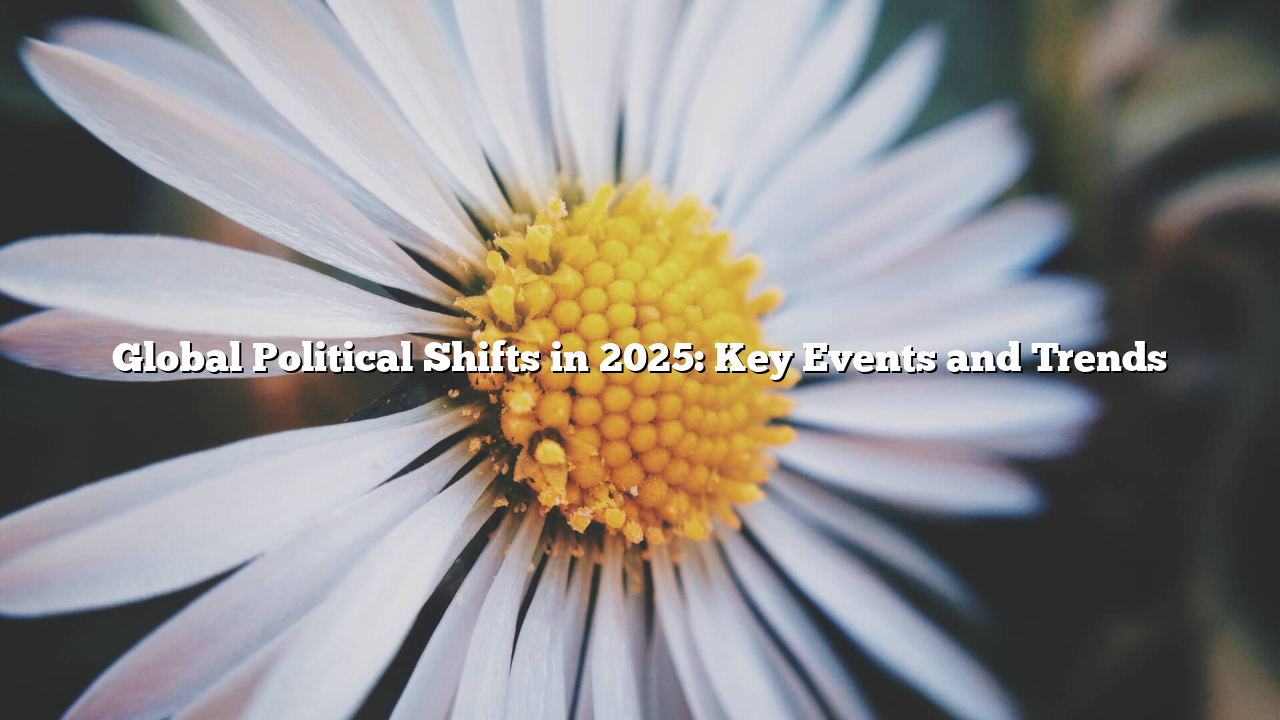Robotics has come a long way from simple mechanical machines to advanced AI-powered systems that can perform complex tasks with precision and autonomy. From industrial automation to healthcare, robotics is transforming industries and changing the way humans interact with technology.
In this article, we explore the evolution of robotics, its key applications, challenges, and the future of AI-driven robotics.
1. The History and Evolution of Robotics
The concept of robotics dates back to ancient civilizations, where early automata were designed for entertainment and mechanical tasks. However, modern robotics began in the 20th century, evolving through key milestones:
1950s-1960s – The first industrial robots were introduced in manufacturing to automate repetitive tasks.
1970s-1980s – Robotics advanced with sensors and computer control, allowing more precise automation.
1990s-2000s – AI and machine learning began integrating with robotics, improving decision-making and autonomy.
2010s-Present – Robotics now incorporates AI, deep learning, and computer vision, enabling robots to perform complex tasks like driving, surgery, and even social interactions.
2. How AI is Revolutionizing Robotics
Artificial Intelligence (AI) is the driving force behind modern robotics, enabling machines to learn, adapt, and make decisions in real time. Key AI technologies in robotics include:
2.1 Machine Learning and Neural Networks
AI-powered robots use machine learning to analyze data, recognize patterns, and improve performance over time. For example, self-driving cars use AI to learn from road conditions and enhance driving accuracy.
2.2 Computer Vision and Image Recognition
Robots with computer vision can identify objects, read text, and navigate environments autonomously. slot pulsa is widely used in facial recognition, automated warehouses, and medical diagnostics.
2.3 Natural Language Processing (NLP)
NLP enables robots to understand and respond to human speech, leading to applications in virtual assistants, chatbots, and customer service robots.
2.4 Autonomous Decision-Making
AI allows robots to make real-time decisions based on data, crucial for robots in unpredictable environments like disaster response and space exploration.
3. Key Applications of AI-Powered Robotics
AI-driven robotics is transforming various industries:
3.1 Healthcare and Surgery
Robotic surgical assistants like da Vinci Surgical System enhance precision in minimally invasive surgeries.
AI-powered robots assist in elderly care by providing companionship and monitoring health conditions.
3.2 Manufacturing and Automation
AI robots improve efficiency in assembly lines, quality control, and logistics.
Companies like Tesla and Amazon use AI-powered robots to streamline production and warehouse management.
3.3 Self-Driving Vehicles
Autonomous cars from companies like Tesla, Waymo, and Uber rely on AI for safe navigation.
AI robots are also used in delivery services, such as autonomous drones and robotic delivery systems.
3.4 Space Exploration
NASA’s Perseverance Rover uses AI to navigate Mars and conduct experiments autonomously.
AI robots assist in deep-space missions, reducing the need for human intervention.
3.5 Agriculture and Farming
AI robots analyze soil conditions, monitor crops, and automate harvesting.
Smart irrigation systems use AI to optimize water usage.
3.6 Military and Defense
AI-powered drones and robotic soldiers are being developed for surveillance and security missions.
Autonomous robots help in bomb disposal and search-and-rescue operations.
4. Challenges and Ethical Concerns in Robotics
Despite advancements, AI-powered robotics faces several challenges:
4.1 High Development Costs
Building and maintaining AI-driven robots require significant investment in research, hardware, and software.
4.2 Job Displacement Concerns
Automation is replacing human jobs in industries like manufacturing, retail, and transportation, raising concerns about unemployment.
4.3 Ethical and Safety Issues
Autonomous weapons raise concerns about military ethics and accountability.
AI biases can lead to unfair decisions in automated hiring and surveillance systems.
4.4 Dependence on AI and Cybersecurity Risks
Hackers can manipulate AI robots, causing security risks in critical sectors like healthcare and defense.
Over-reliance on AI robots may lead to reduced human skills in certain industries.
5. The Future of AI and Robotics
The future of robotics is promising, with advancements in:
Humanoid Robots – AI-driven humanoid robots like Tesla’s Optimus are being developed to perform human-like tasks.
AI-Integrated Smart Homes – Robots will assist with household chores, security, and personal assistance.
Brain-Computer Interfaces (BCI) – AI-powered robots may connect directly with the human brain to assist people with disabilities.
Robotic Companions – AI robots designed for emotional support and mental health therapy are becoming more common.
As AI continues to evolve, robots will become smarter, more efficient, and increasingly integrated into daily life.
6. Conclusion
AI-powered robotics is revolutionizing industries, from healthcare and manufacturing to space exploration and defense. With machine learning, computer vision, and autonomous decision-making, robots are becoming more intelligent and capable than ever before.
While challenges such as job displacement, ethical concerns, and cybersecurity risks remain, the benefits of AI-driven robotics far outweigh the drawbacks. The future promises smarter, more efficient, and human-friendly robots, paving the way for a new era of innovation.
The Evolution of Robotics: How AI is Shaping the Future











Leave a Reply